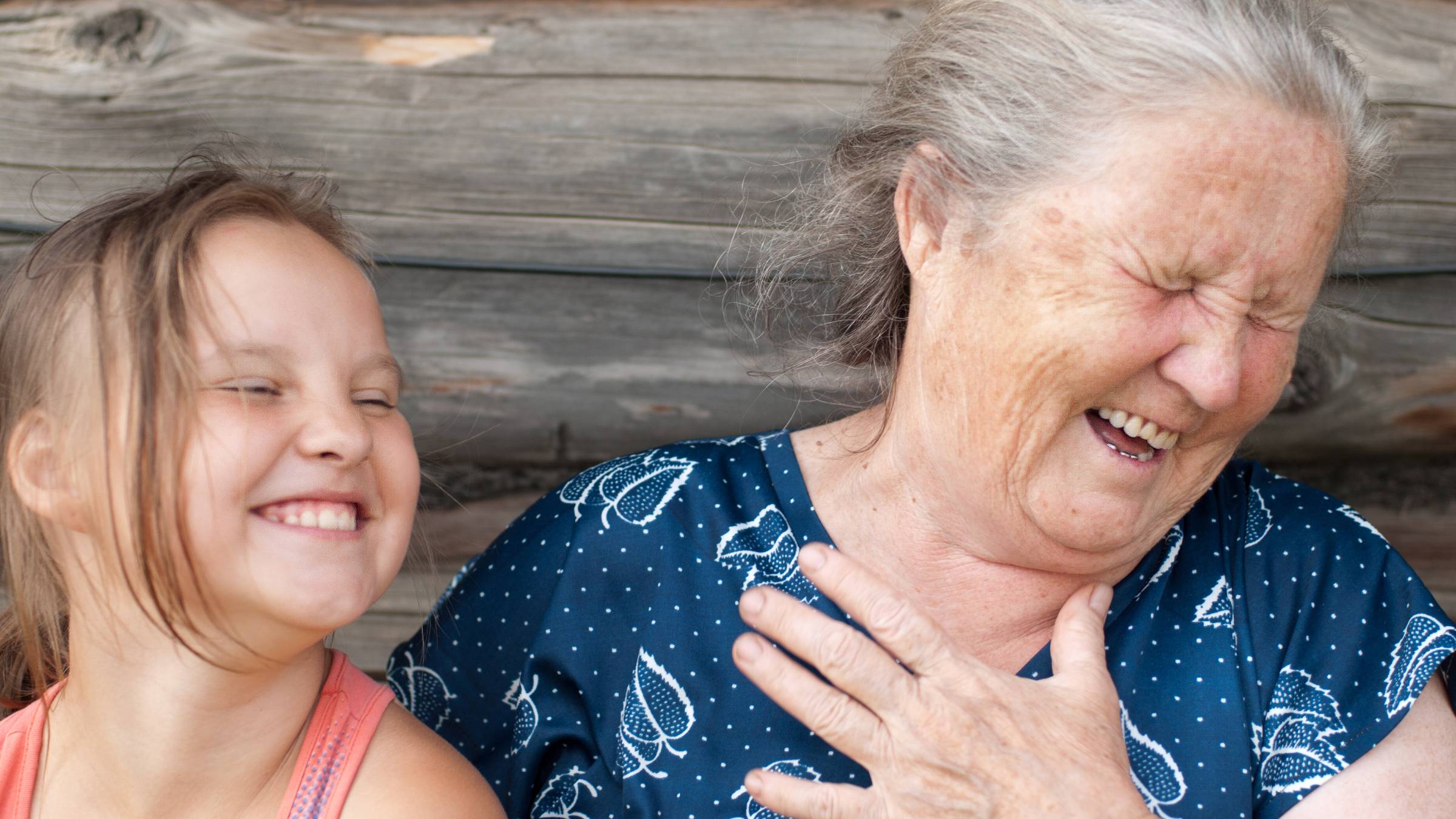
Age spots, or liver spots, are small, darkened areas on your skin. They range in color from tan to dark brown. They’re flat, and they’re usually bigger than freckles. They’re also called solar lentigo.
Age spots typically appear in areas that are more frequently exposed to the sun, like your face, hands, arms and feet. The UV radiation from the sun increases the production of melanin, which is the pigment that gives your skin its color. That’s why you get a tan when you spend a lot of time in the sun.
Over time, the melanin can become clumped together. That overabundance of melanin is what causes age spots to appear, typically around age 50. They’re more common in people with fairer skin, but anyone can develop age spots. Age spots are normal and they’re not dangerous.
However, if you notice a pigmented lesion that’s changing, that could be a sign of something serious. If a spot turns black, has an unusual combination of colors, is growing in size, has an irregular border or bleeds, call your physician immediately for an evaluation.
Prevention is the most effective strategy against age spots
Like most things related to health care, prevention is crucial. The most effective way to deal with age spots is to delay their appearance in the first place.
The best way to do this is to protect your skin from the sun’s UV rays. Wear sunscreen daily, even during the winter and when it’s cloudy outside. I advise all of my patients to use sunscreen with an SPF of at least 50 every day.
Stay out of the sun when UV rays are at their most powerful. That’s usually between 10 a.m. and 2 p.m. If that’s not possible, be sure to wear a hat and clothing that shields your skin from the sun.
Avoid tanning beds. Using a tanning bed not only increases your likelihood of developing age spots at a younger age, but it also speeds up the appearance of wrinkles and amplifies your risk for skin cancer.
Certain treatments can make age spots less noticeable
There are no at-home remedies that’ll remove age spots entirely. However, you can reduce the appearance of mild age spots by applying creams that gradually lighten them. Typically, patients have to use the creams or serums for a prolonged period of time before noticing a difference.
Over-the-counter treatments are most effective if you start using them early. The lighter the age spot, the better the chance of success. When selecting a cream, read the label carefully. Pick one that includes ingredients like kojic acid, glycolic acid, vitamin C and hydroquinone.
Hydroquinone is a topical agent that can lighten age spots by slowing down the production of melanin. Your doctor may write you a prescription for topical hydroquinone, which works best for mild cases. We can also use chemical peels for more mild cases.
In my plastic surgery practice, I’ve found that IPL/BBL (intense pulsed light/broadband light) laser treatments work the best against age spots. The procedure can be done with or without numbing the area. We initially perform three laser treatments with four weeks between each. Patients then come back for maintenance treatment every six months.
The laser actually breaks down the melanin and allows it to be shed with normal skin turnover. It can be a great option because there’s minimal downtown after the procedure.
It’s important to note that all treatments are more effective when the patient does their part to keep their skin healthy. That includes committing to a good, daily skin care regimen. Patients must also commit to protecting their skin from the sun’s UV rays in the future. No matter where you are in your skin care journey, preventing additional damage is always a good idea.






